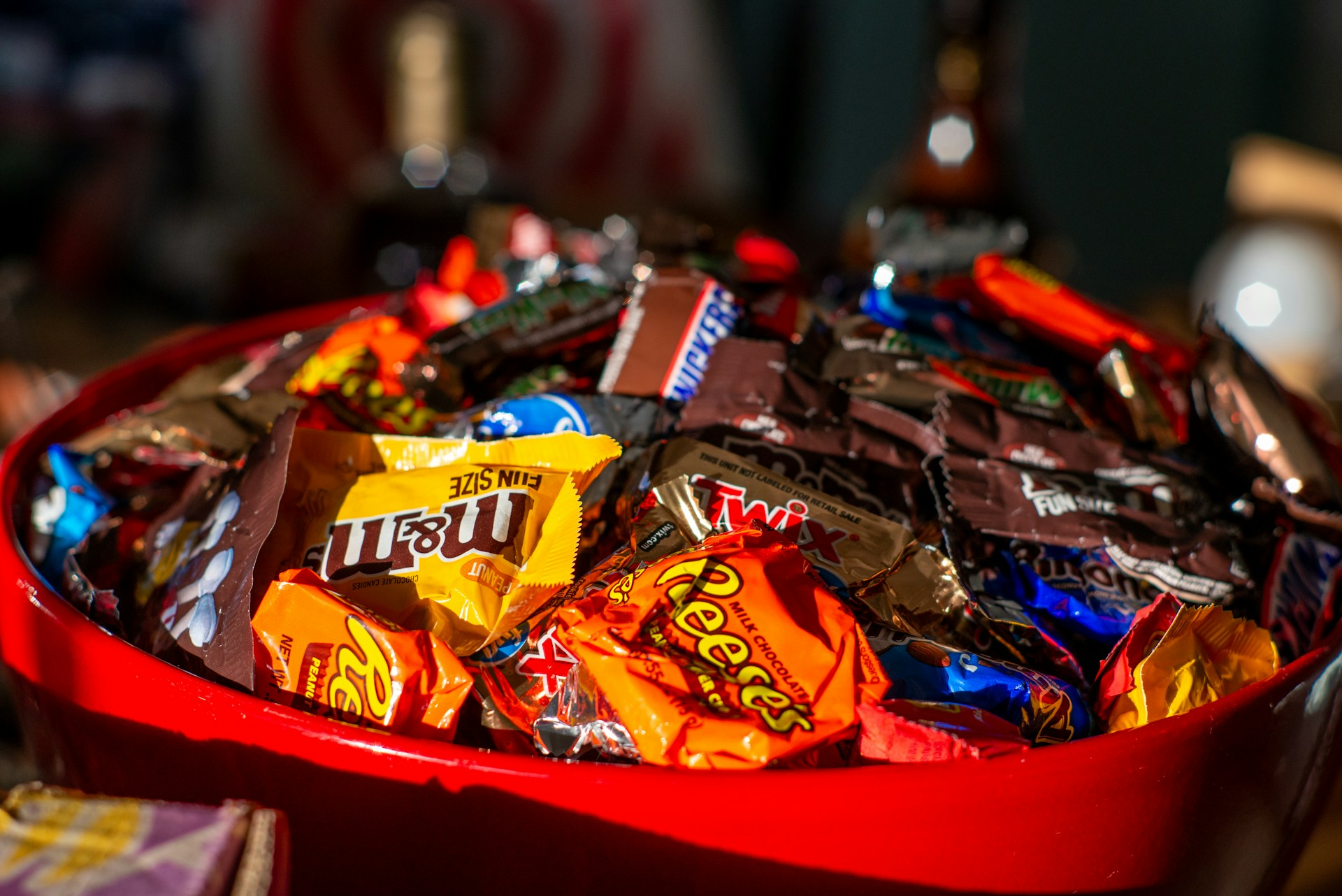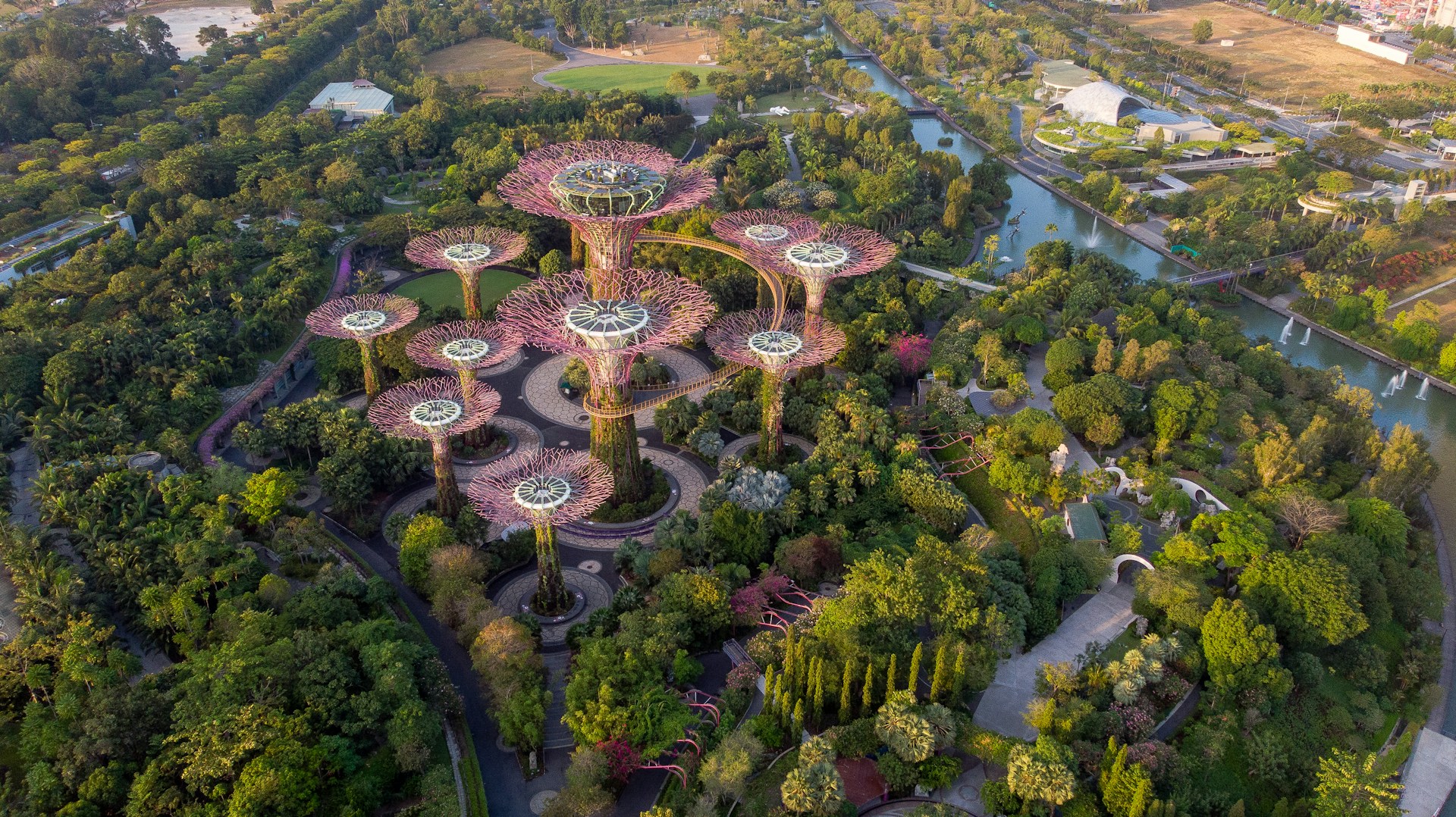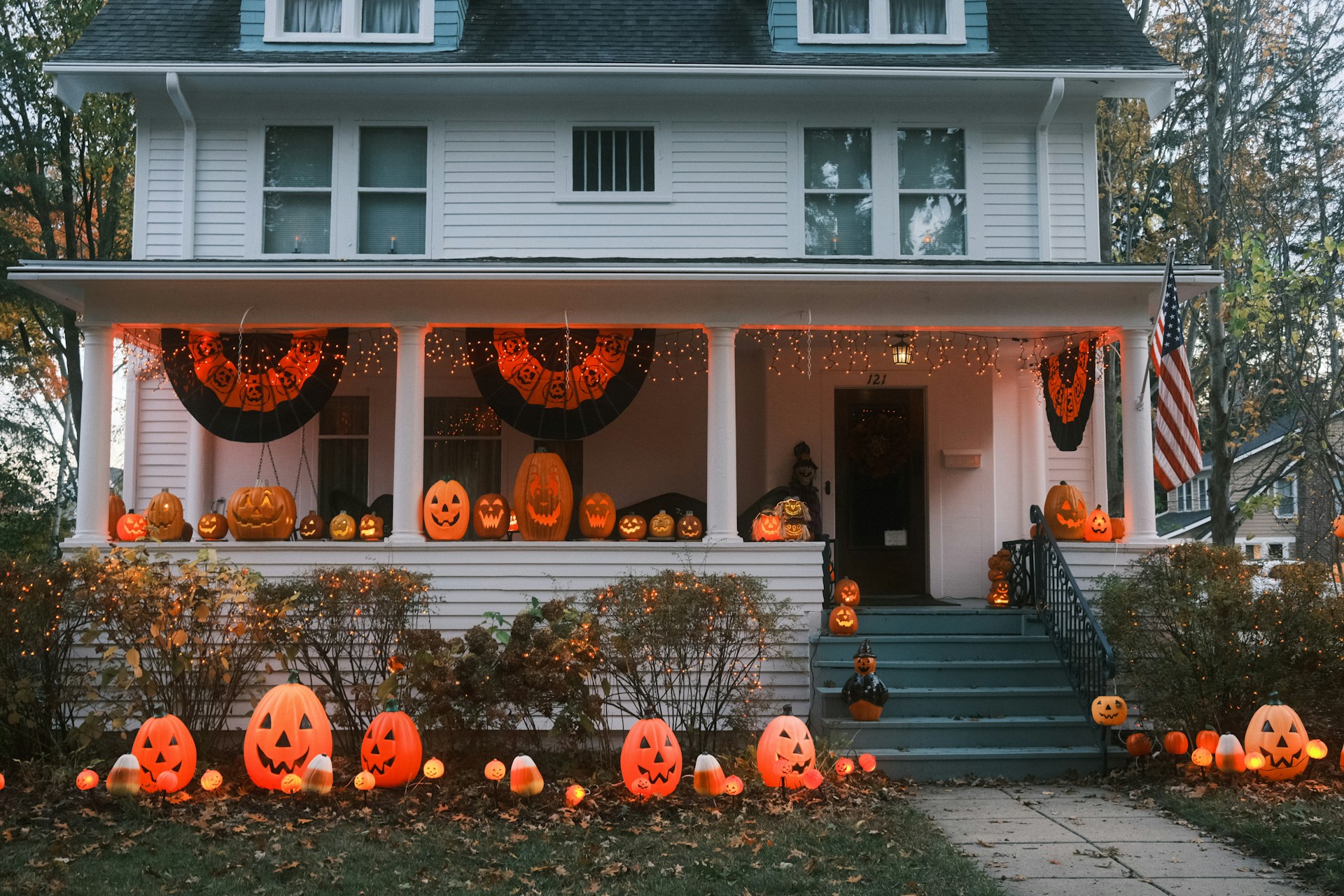Halloween is Not About the Candy
The candy will disappear in a week. The connections you make could last a lifetime.
Halloween may seem like a children’s holiday—a chance for kids to dress up, run around after dark, and collect more candy than anyone should eat in a year. But look closer, and Halloween might just be one of the last shared rituals we have left that gets people out of their houses and into their neighborhoods. For a few hours every October 31st, doors open, sidewalks fill, and conversations begin—sometimes between people who haven’t spoken all year.
And that’s the real treat.

In a time when most Americans say they don’t know the people living next door—recent surveys suggest only about 30% of adults know their neighbors by name—Halloween offers a rare opportunity to bridge that gap. For one evening, social barriers drop. Costumes become conversation starters. Kids remind adults how much joy there is in play. And generations mix naturally on front lawns and driveways.
Ken Stern, in his new book Healthy to 100: How Strong Social Ties Lead to Long Lives, writes about the importance of these kinds of moments. His research highlights one of the most overlooked determinants of longevity: meaningful intergenerational relationships. In places where people live longer, healthier lives—from Singapore to Sardinia—there’s often an intentional blending of generations. People of different ages share space, stories, and purpose.

Stern points to Singapore’s “Health District,” a national initiative designed to make healthy living part of everyday life. Intergenerational connection isn’t an afterthought—it’s built into the blueprint. Schools are co-located with senior housing. Parks and cafes are designed to invite all ages. The city planners assume what research increasingly confirms: older people thrive when they have regular, meaningful contact with younger people, and vice versa.
This isn’t just feel-good sociology—it’s biology. Studies from Harvard, Stanford, and the National Institute on Aging all show that cross-generational relationships protect against loneliness, depression, and cognitive decline. One study even found that older adults who regularly interact with children report lower stress and improved mood, while children who have strong relationships with elders show greater empathy and social confidence.
In other words, connection across ages is good for everyone’s health.
And yet, in modern American life, those natural interactions are becoming rare. Our neighborhoods have become more age-segregated, and our social lives often unfold behind screens. Many people now drive from garage to garage without ever exchanging more than a wave with a neighbor.
That’s why Halloween matters. It’s one of the few nights that invites participation, spontaneity, and community without requiring an RSVP or a membership. You can show up as you are—perhaps behind a mask—and still belong.

This year, rather than treating it as a transaction (a knock, a candy, a “thank you”), think of it as a chance to engage. Sit outside if the weather cooperates. Bring a chair and a drink. Invite your neighbors to join you on the porch. Compliment a costume. Ask a child their favorite candy or what they want to be when they grow up. These small moments are not trivial—they’re the building blocks of trust and belonging.
And if your street is quiet—if no one comes by, or if the porch lights stay dark—it might be telling you something. The social energy of a place says a lot about whether it’s the right place for you. One of the questions at the heart of “place planning” is not just where you live, but how alive that place feels. Is there a sense of connection? Do people look out for one another? Can you imagine celebrating together?
Halloween offers a glimpse into that answer. If there’s laughter, light, and energy, your community may be healthier than you think. If not, it might be a sign to engage more deeply—or even to reimagine where you want to be.

Because ultimately, thriving isn’t just about diet, exercise, or healthcare access. It’s about belonging. And belonging grows through shared experiences, the kind that Halloween still delivers in spades (or rather, in pumpkin buckets).
So tomorrow, turn on the porch light—not just for the trick-or-treaters, but for yourself. Be outside. Say hello. Start a conversation. You might make a child’s night, or reconnect with a neighbor. You might even add a few healthy years to your life.
The candy will disappear in a week. The connections you make could last a lifetime.


